So, heres an overview of the current backcountry binding landscape.
But this is about as unbiased a breakdown as possible.
In mountain biking, the adage is strong, light, cheap, pick two.
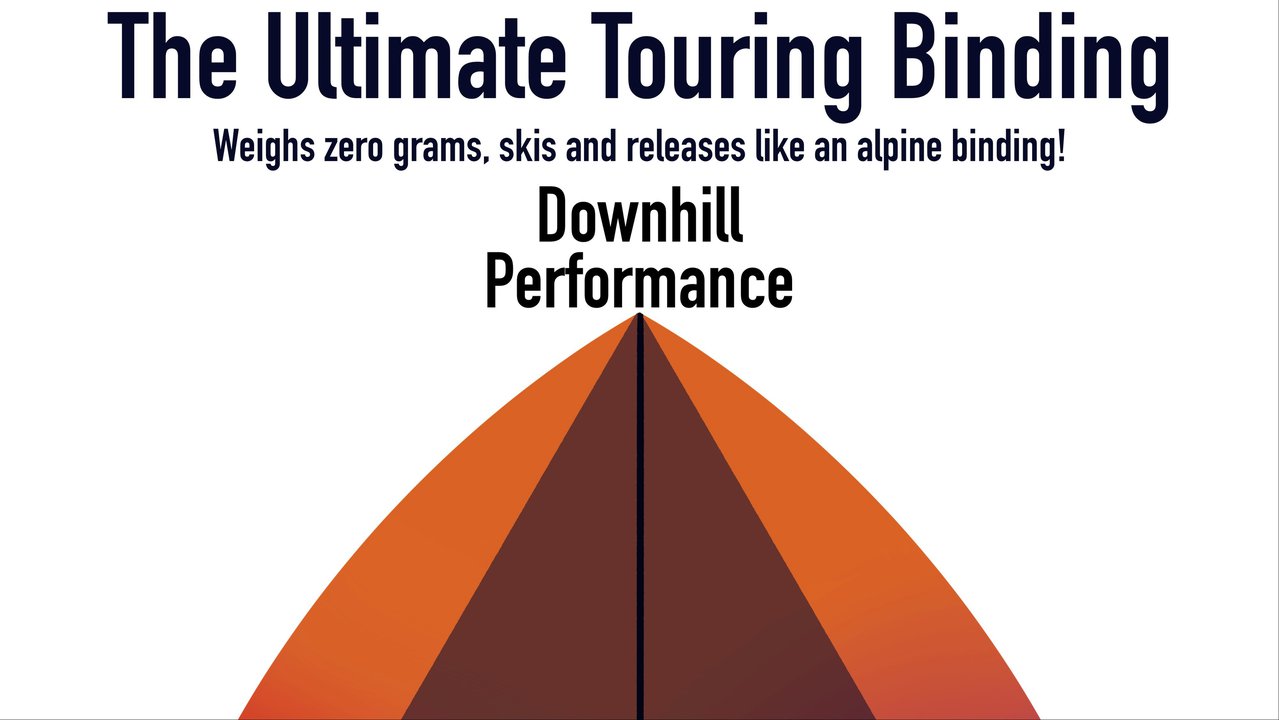
In skiing though, its a little more complicated.
And where you fall on that spectrum is different for every skier.
Safety is the hardest category to define.
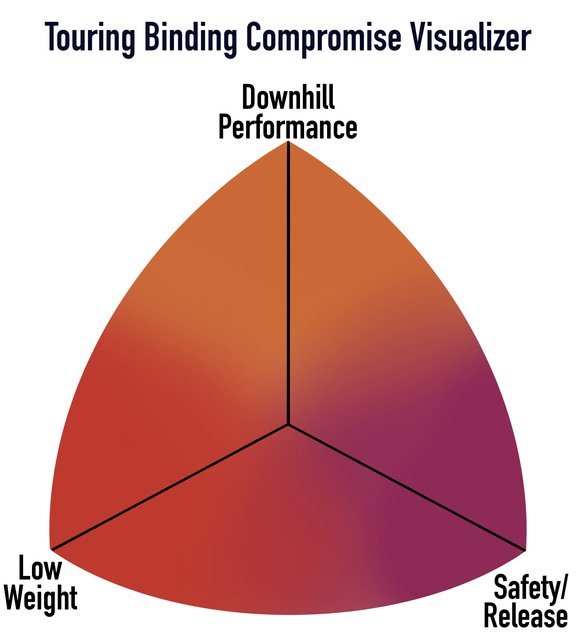
They help you avoid blowing ligaments or falling to your death.
Don’t read this part unless you’re a nerd.
Of course, skiers still blow their knees in alpine bindings all the time.
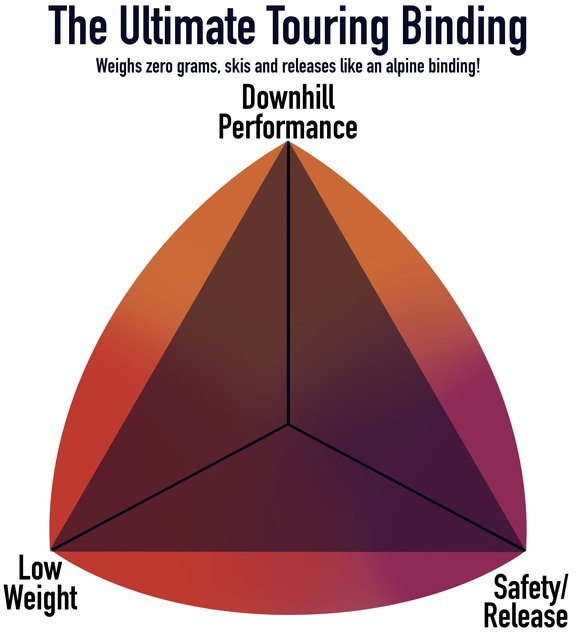
So it’s an imperfect standard.
But it’s the highest standard we currently have.
That’s confusing for everyday skiers.
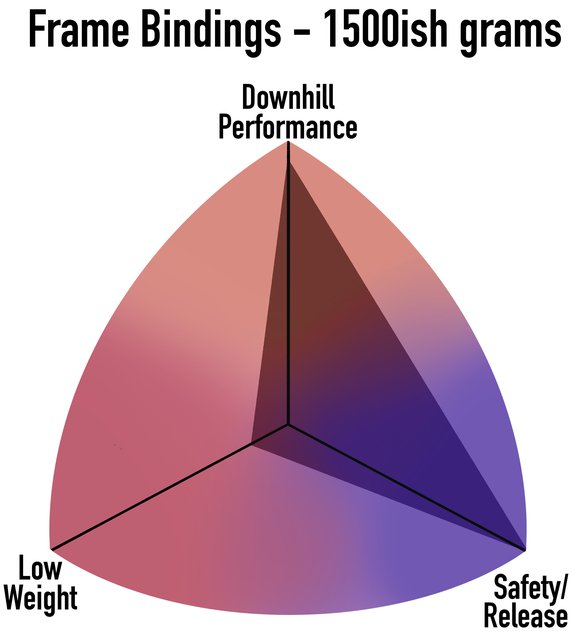
Non-nerds skip to here!
Power transfer is simply how solid the boot/binding/ski interface feels when you’re skiing hard.
Old tech bindings felt vague because your boot was floating on four pins that moved as your ski flexed.

Newer options feel much more powerful.
Alpine bindings have some elasticity or “float” built in.
This allows the ski/binding combination to help absorb chatter coming to your feet from the snow.
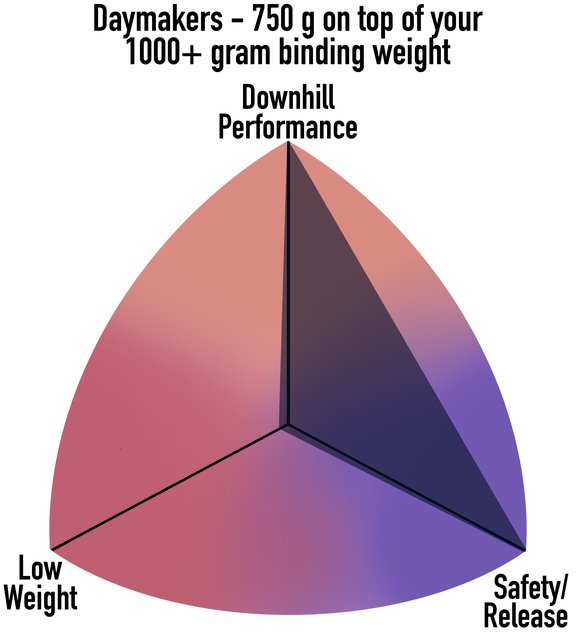
Weight is simple but important.
If you’re mostly doing short tours or booter sessions, weight is largely irrelevant.
But the further you go, the more extra grams on your foot add up.
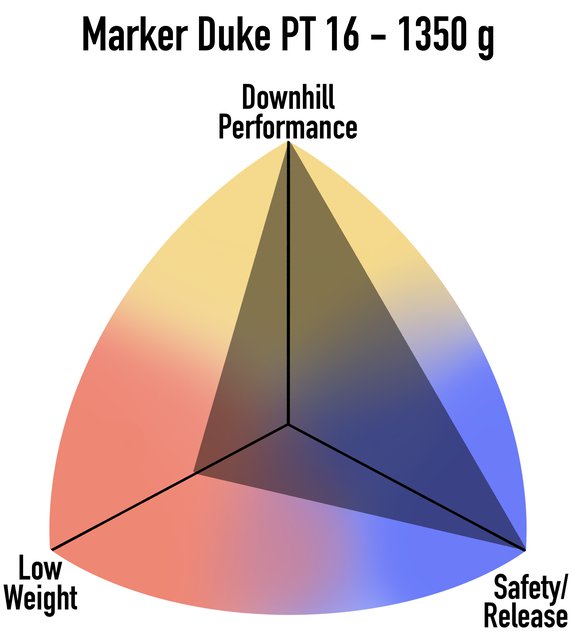
And over the course of a long day, every gram counts.
All weights averaged to the nearest 50 grams for simplicity.
All weights reflect one foots worth of binding.
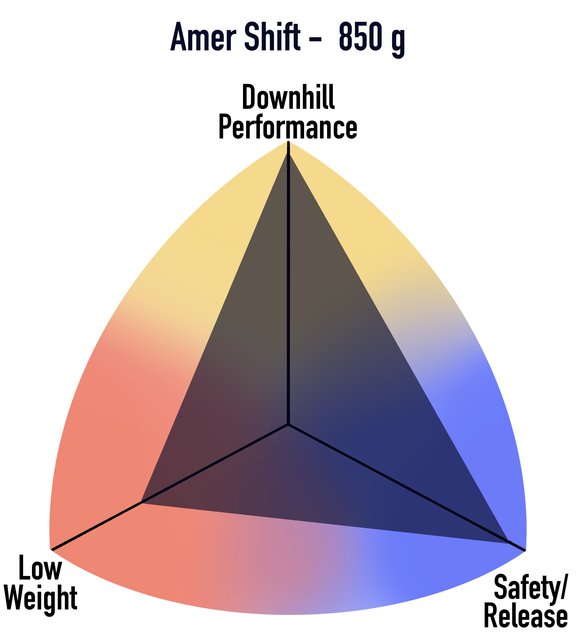
I used Salomon/Atomic Guardians as an example because theyre pretty ubiquitous.
Frame bindings are fine to start out on.
They will get you up a hill.
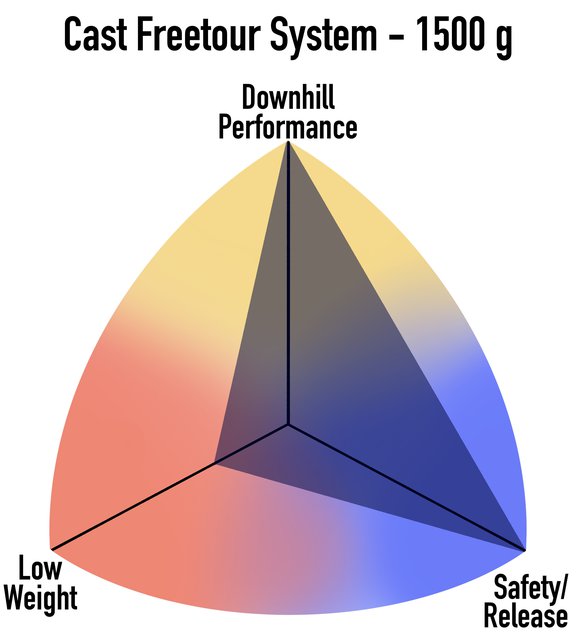
I fell in love with human powered skiing on frames.
And they ski great inbounds, and will work with just about any boot.
So if you want to start out on them, thats great.
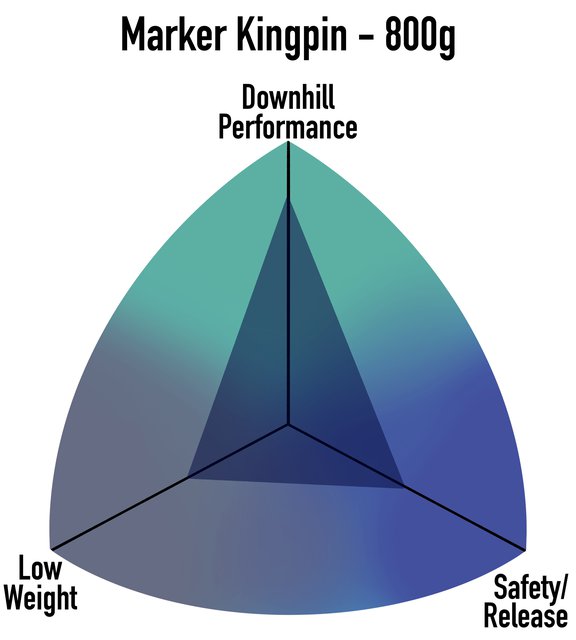
c’mon dont pay more than $60 for a pair of frame bindings though.
Youll outgrow them soon and want more.
They break a lot.

They dont ski that well.
They dont have a flat mode.
They require modifying your boot.
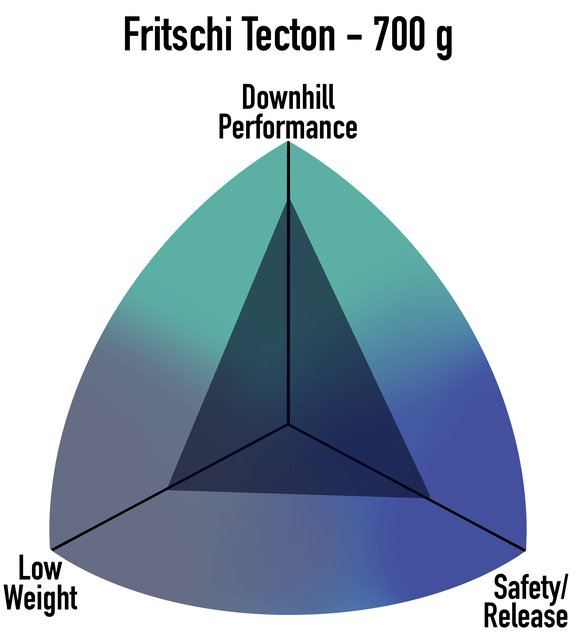
Theyre not any safer than other pins.
Dynafit stopped selling these for a reason.
Dont buy a used pair, theyre not worth drilling holes in your skis for.
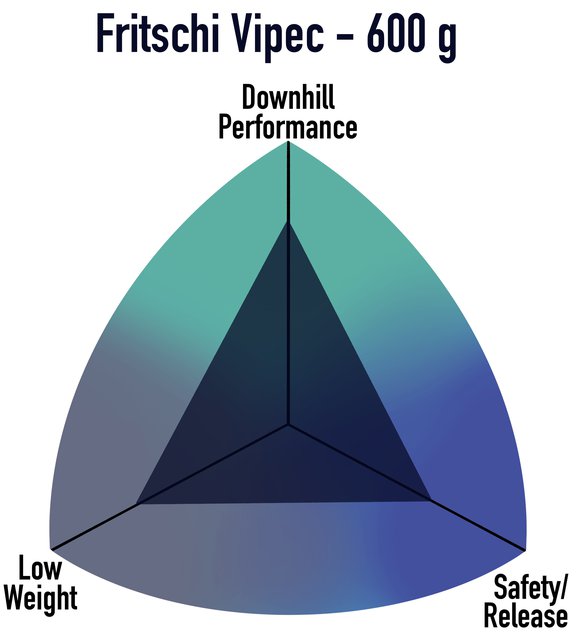
Daymakers - 750 g on top of your 1000+ gram binding weight
Daymakers are…contentious.
I understand why people buy them.
Personally, I think theyre a bad investment.
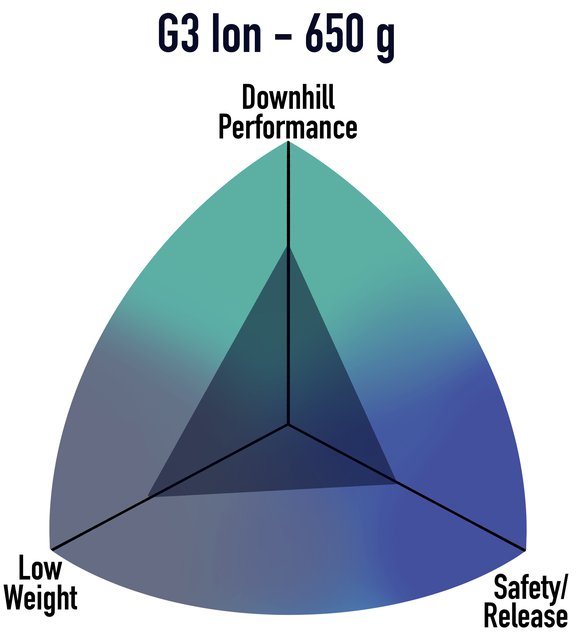
Daymakers make sense for some people, Im just not convinced that they make sense for many people.
Wrap Up
Im not sure that anyone should buy any of these options in 2022.
But there are alternatives on the market that are better in every way.
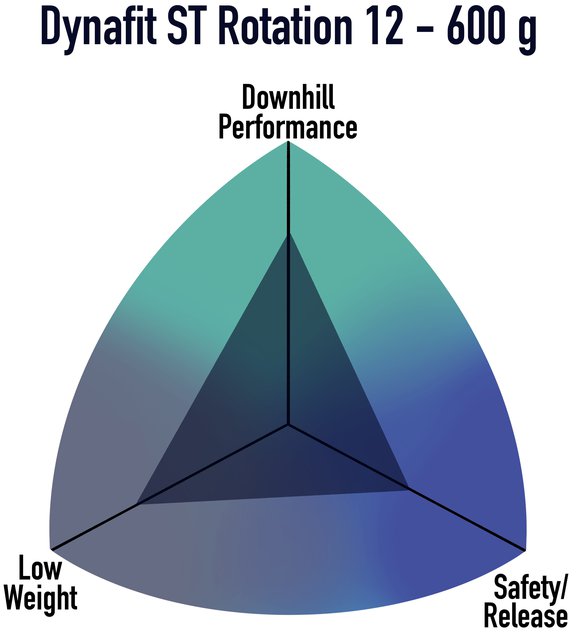
Tour-ready Bindings with Alpine Release Characteristics
This is the field thats seen the most innovation in recent years.
Marker Duke PT 16 - 1350 g
This is the newest player on the market.
Theyre available in a 16 DIN version, which is cool if you think you need that.
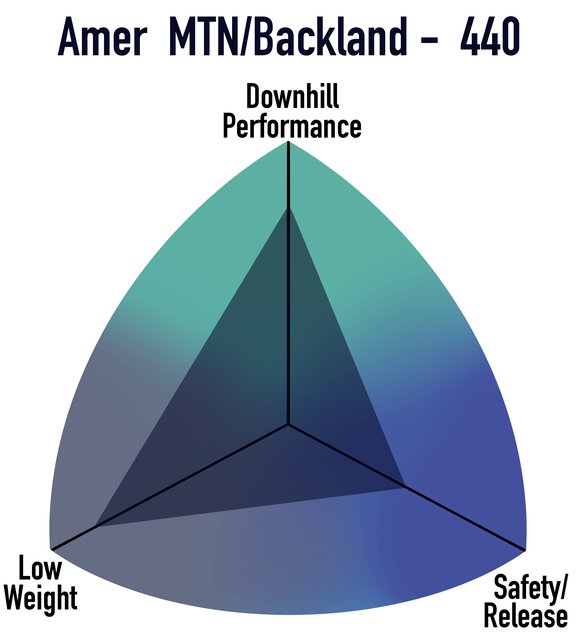
I dont personally have time on these, they seem great, for the right person.
This is the only binding on this list I haven’t gotten to ski yet.
So all my info is second hand.
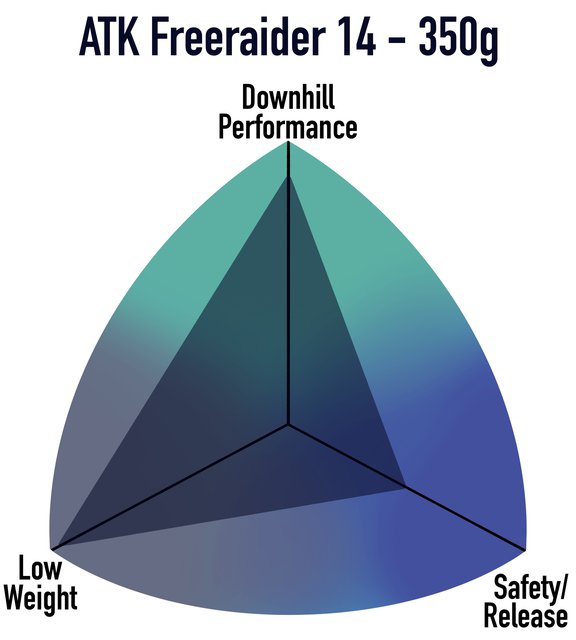
I’d love to try a pair though!
If I was looking for a precisely 50/50 inbounds/touring binding, Id probably go Duke PT.
Amer Shift - 850 g
Shift is the lightest binding in this class, and the quickest to transition.
They also only have one climbing riser, thats a little low for many skin tracks.
Still, its light, it skis like an actual inbounds binding, and it releases like one too.
They ski like a Pivot because they are a Pivot.
If that matters to you, this is your binding.
They also have the best climbing risers in this class.
No one should be surprised that their team is stacked.
Im lumping Kingpins and Techtons into this class because they deserve to be here.
Some of the bindings in this class meet the DIN ISO 13992:2007 rating.
Thatsnotthe same release rating as the alpine rated bindings.
Its a rating for touring bindings.
Some people put more stock in bindings that meet this standard.
They use it as a justification to ski those bindings hard inbounds.
Sammy Carlson skis Kingpins with the toes locked out.
How many of us actually ski like him though?
So why not break these into two separate classes?
So why choose it?
Marker Kingpin - 800g
The Marker Kingpin is the original in this class.
And for 50 grams more you could be skiing a Shift that has actual alpine release characteristics.
It skis like a Kingpin, weighs less, and has a fancier looking paint job.
It also has slightly improved ergonomics.
Its a good binding, it does its job, and looks good doing it.
But its not the be-all, end-all of this class.
Fritschi Tecton - 700 g
The Tecton is Fritschis answer to the Kingpin.
Its a cool binding, but one that it can be hard to find a niche for.
The lateral release in the toe means its hypothetically safer than the Kingpin, but thats challenging to quantify.
It’s noticeably more elastic in the toe than the Kingpin.
Fritschi Vipec - 600 g
The Vipec is another interesting option.
And it has the same lateral release in the toe as the Tecton.
Its worth noting though, that some skiers really prefer the Vipec and Tecton for their more alpine-feeling elasticity.
Thats independent from their power transfer, they just offer a damper feeling ride.
If this elasticity is important to you though, check out these bindings.
G3 Ion - 650 g
I find it challenging to advocate for this binding.
Its a fine binding, but at this weight it doesnt bring anything interesting to the table.
So why carry the extra grams around?
In addition, Ive personally broken, and seen more friends break Ions than any other binding.
Its not even close.
So I dont ski these anymore.
If they work for you, great!
The rotating toe helps them achieve the TUV touring standard, so thats a plus.
Salomon/Atomic/Armada MTN/Backland - 440 g
This binding is odd.
Its better than it should be.
But first, the bad.
It only has three release values, Men, Women, and Experts.
Thats some shit if Ive ever seen it.
It’s not like there’s a DIN calculator for tech bindings after all.
And my partner is very happy in the Women setting.
Its not quite as strong, but its closer than it has any right to be.
The other bindings in this class do.
In practice Ive never had a problem, but your experience may vary.
And it can often be had for cheap.
Its really, really easy to use.
The climbing risers work well and are easy to flip with a pole.
I cant say enough good things about Freeraiders.
But thats a small price to pay for 350g bindings that ski like 800g ones.
This is my top choice in this class, by a large margin.
Lighter Options
Yes, there are so many exciting bindings not on this list.
Thats because this is a website for freestyle skiers.
Conclusion
Backcountry skiing is really fun, regardless of what bindings youre on.